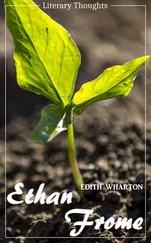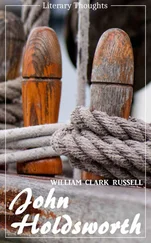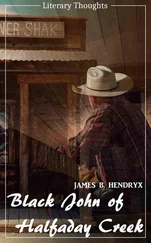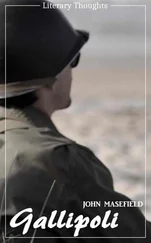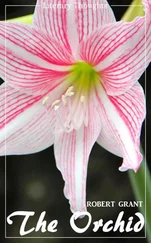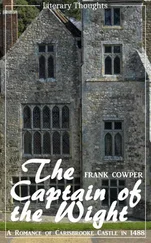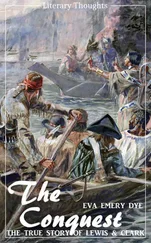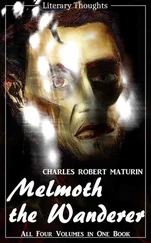John Arthur Barry - The City of Sydney (John Arthur Barry) - fully illustrated - (Literary Thoughts Edition)
Здесь есть возможность читать онлайн «John Arthur Barry - The City of Sydney (John Arthur Barry) - fully illustrated - (Literary Thoughts Edition)» — ознакомительный отрывок электронной книги совершенно бесплатно, а после прочтения отрывка купить полную версию. В некоторых случаях можно слушать аудио, скачать через торрент в формате fb2 и присутствует краткое содержание. Жанр: unrecognised, на английском языке. Описание произведения, (предисловие) а так же отзывы посетителей доступны на портале библиотеки ЛибКат.
- Название:The City of Sydney (John Arthur Barry) - fully illustrated - (Literary Thoughts Edition)
- Автор:
- Жанр:
- Год:неизвестен
- ISBN:нет данных
- Рейтинг книги:4 / 5. Голосов: 1
-
Избранное:Добавить в избранное
- Отзывы:
-
Ваша оценка:
- 80
- 1
- 2
- 3
- 4
- 5
The City of Sydney (John Arthur Barry) - fully illustrated - (Literary Thoughts Edition): краткое содержание, описание и аннотация
Предлагаем к чтению аннотацию, описание, краткое содержание или предисловие (зависит от того, что написал сам автор книги «The City of Sydney (John Arthur Barry) - fully illustrated - (Literary Thoughts Edition)»). Если вы не нашли необходимую информацию о книге — напишите в комментариях, мы постараемся отыскать её.
presents
The City of Sidney
by John Arthur Barry
–
"The City Of Sydney" is an account of journalist and author John Arthur Barry (1850–1911) of the city of Sydney and its growth, from its foundation to the present 1900s.
All books of the Literary Thoughts edition have been transscribed from original prints and edited for better reading experience.
Please visit our homepage literarythoughts.com to see our other publications.
The City of Sydney (John Arthur Barry) - fully illustrated - (Literary Thoughts Edition) — читать онлайн ознакомительный отрывок
Ниже представлен текст книги, разбитый по страницам. Система сохранения места последней прочитанной страницы, позволяет с удобством читать онлайн бесплатно книгу «The City of Sydney (John Arthur Barry) - fully illustrated - (Literary Thoughts Edition)», без необходимости каждый раз заново искать на чём Вы остановились. Поставьте закладку, и сможете в любой момент перейти на страницу, на которой закончили чтение.
Интервал:
Закладка:
During the twelve years of Macquarie’s rule he made roads, erected public buildings, and constantly travelled about the colony, distributing grants to deserving settlers, planning townships, and pardoning industrious prisoners. Fifteen months after the discovery of the long-sought-for-passage across the Blue Mountains by Wentworth, Lawson, and Blaxland, the Governor had, by placing nearly every convict in the colony at the work, formed a good road to the western plains. And along this he presently, accompanied by his wife and suite, journeyed, and founded the town of Bathurst.
But Sydney was the chief centre of this indefatigable man’s exertions. And he did nothing by halves. For instance, seeing that the old markets, close to the wharf, were most unsuitable for the purpose, he issued a proclamation that he intended to at once remove them to “that piece of open ground, part of which was lately used by Messrs. Blaxland as a stockyard, bounded by George-street on the east, York-street on the west, Market-street on the north, and the burying-ground on the south, and, henceforth, to be called Market Square.” If the shade of Macquarie ever revisits Sydney, what, one wonders, does it think of the great pile that now stands on part of the same ground? Does it envy the questionable achievement, and feel regret at not having been able to stand sponsor for yet another “Macquarie” effort; for he, too, often built well but not wisely.
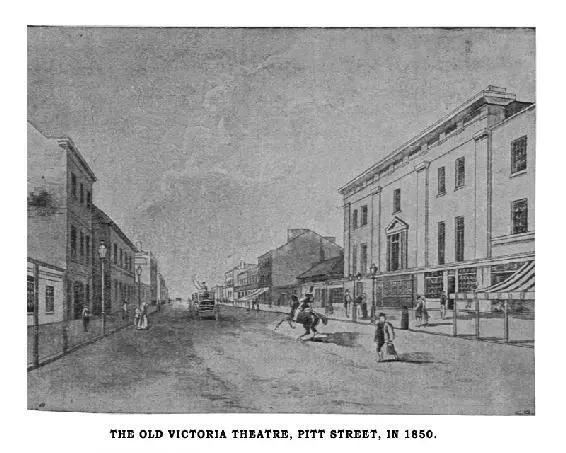
Presently he erected a wharf at Cockle Bay (now Darling Harbor) for the reception of sea-borne goods, and, more particularly, grain and corn. And there have been wharves on that spot ever since for that especial purpose. He it was, too, who built a market house “surrounded by a cupola and lantern, and with a front portico supported by Grecian pillars.” Many of us remember this imposing structure as the late Central Police Court, dingy, dirty, and quite unfitted for such business. But in those days it was deemed a really superb building.
Years ago, in the time of Governor Hunter, a half-moon battery had been erected by the ship’s company of the Supply, and armed with some of the tender’s guns. This promontory was then called Point Bennilong, from the fact that, on the site of the battery now known to us as Fort Macquarie, Governor Phillip had built a house for Bennilong, the native who accompanied him to England, and afterwards returned with Hunter. In a plan of Sydney presented by the Hon. P. G. King to the Legislative Council, dated 1820, Fort Macquarie is shown, but mentioned as carrying sixteen guns. In that year, the point on which it stood was separated by a narrow stream from the mainland, and it was necessary to cross a drawbridge before entering the fort. Later on, the moat was filled in, some land reclaimed from the sea, and an outer wall built. Little, however, seems to be known of its history, because the earlier Governors devoted more attention to fortifying Dawes’ Point, and the fort, named after Phillip, which occupied the site of the present Observatory. This defence commanded the harbour; and with the battery on George’s Head, erected in 1803, and the one on old Bennilong Point, was considered sufficient for the defence of Sydney.
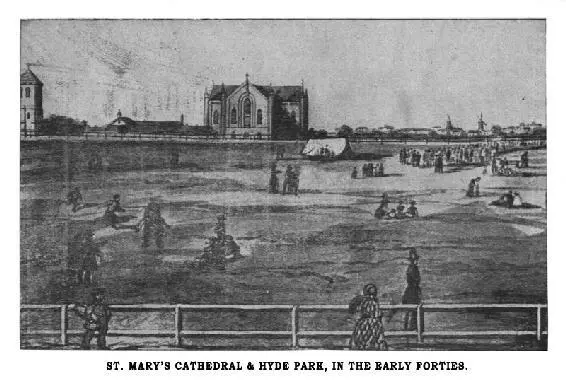
Probably the ever-restless Macquarie took the old Fort in hand, and did something for it, besides endowing it with his own patronymic. It is of interest to remember that at the time of the Crimean war this battery was provided with additional guns; during the latter end of 1870 it was strengthened by the addition of five 42 pounders. The last occasion upon which it was used was in March, 1871, when the guns were manned by fifty men, and the fort took a share in the spectacle known as the “defence of Sydney.” It has now totally disappeared to make room for a nondescript land of castellated barn, intended to serve as a tram terminus. In triumphs of grotesque uncouthness the architects of Macquarie’s and those of our own time seem thoroughly at one.
No less indefatigable as a former of streets than as a builder, did Macquarie prove himself. Already it has been told how he cut George-Street out of a thick scrub between the markets and the Cove; cleared and named many others, and by his exertions did much towards making the city out of the village. It must be remembered, however, that, unlike his less fortunate predecessors, he had the British Treasury at his back, and unlimited muscle at instant command. Plenty of land he also had to give away. And that he was liberal with it the story of Burwood House amply proves.
Mr. Alexander Riley was an enterprising gentleman, who, wishing to go in for scientific farming on a large scale, applied for and received a grant of no less than 1000 acres, extending from Parramatta to the Liverpool Road, and embracing much of the present boroughs of Croydon, Burwood and Strathfield. Here, with the aid of a small army of assigned servants, he fenced the whole of the estate, cleared half, subdivided it into paddocks, and laid down English grasses, besides building Burwood House. At this day the ancient mansion presents much the same appearance as it did in 1820, and its preservation speaks well for the endurance of the native timbers, and the excellence of early workmanship. Of course, as time passed, it was bit by bit shorn of its surrounding grounds and the last we hear of it was when, in 1885, Messrs. Hardie and Gorman sold the house, with 200ft frontage to Burwood Park Road, for £3550. Let us hope that whoever owns the eighty-year old house will deal gently with it, and not pull it down to build suburban red brick villas on its site.
We have seen the building of the first permanent church—old St. Phillip’s.—Now, in 1819, was laid the foundation-stone of the second —St. James. Says an old writer:—“The spire surmounting the brick tower at the west end not only takes away from the heaviness of the edifice but also forms a conspicuous object from every part of the city and its neighbourhood.” This spire, it may be remembered, was renovated some years ago, and the interior of the building materially enlarged. Still, in all essentials, the church remains as it was in the days of Macquarie.
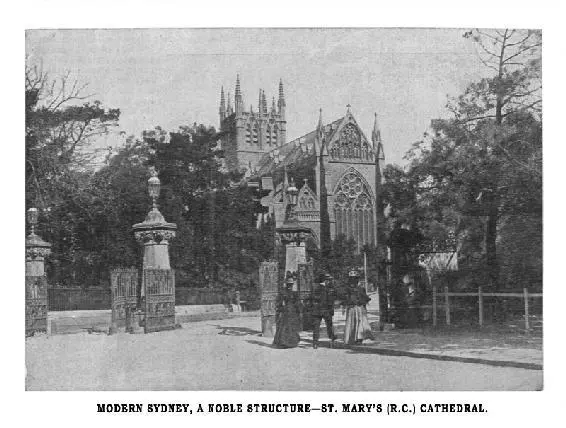
In the same year was finished and occupied the Hyde Park Barracks, used as the principal convict depot of the colony. All these prisoners on their arrival were forwarded here, and after being duly registered were open for assignment to the free inhabitants as servants. The Supreme Court was begun in 1820, but not completed for another eight years. Three years previously had arrived our first judge, Mr. Baron Field; also an Auxiliary Bible Society had been established; there was a free school, prisons, Churches, and a racecourse; but there were as yet, no free press and no trial by jury to complete the civilising of the city.
Before leaving Macquarie and his works, in stone and mortar, reference must be made to one of them, if only for the curious means by which he got it built, and the curious means the builders took of paying themselves.
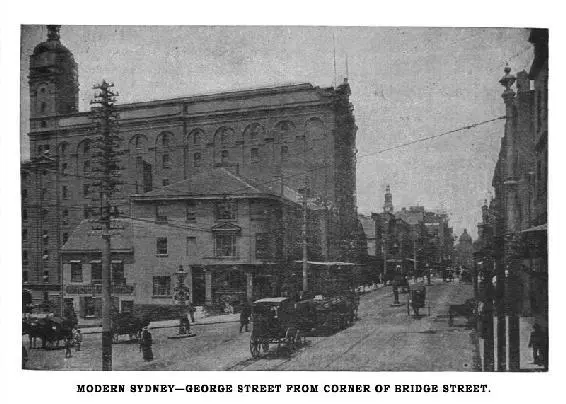
The then colonial architect had been told to prepare plans for a general hospital. This he did, but on such a costly and lavish scale—a centre building and two detached wings to be erected of cut stone, with a covered portico completely surrounding each of the three piles —that Macquarie, although sorely tempted, considered the expense doubtfully, and for a while hung back. But only for a while. And, presently, he made an agreement with three well-known citizens by which these gentlemen contracted to erect the building in its entirety on condition of receiving a certain quantity of rum from the King’s store, and of having the sole right to purchase, and to land free of duty, all the ardent spirits that should be imported into the colony during a certain term of years, The “Rum Hospital,” as it was called at the time, was eventually completed in accordance with these conditions. The wages of those so employed were as was usual in those days, paid for half in cash and half in “property,” i.e., in tea, sugar, ardent spirits, wine, clothing, etc., or any other article the contractors happened to have in their store, and, which, of course, was charged to the labourer at an enormous percentage above its true value. And to make a clean sweep, the contractors erected several public houses in the vicinity of the works, at which the emancipist and convict labourers might spend their wages. Says Dr. Lang: “In the year 1824 the Rum Hospital was calculated to be worth £20,000. I am confident that a good building could now (1834) be erected for £10,000. The quality of Bengal rum received by the contractors was 60,000 gallons, worth at that time the whole estimated cost of the building. The monopoly was for three years, afterwards extended to three-and-a-half years, and as the contractors could purchase spirits at three shillings (a gallon) and retail them at forty, the right was supposed to be at least £100.000.”
Читать дальшеИнтервал:
Закладка:
Похожие книги на «The City of Sydney (John Arthur Barry) - fully illustrated - (Literary Thoughts Edition)»
Представляем Вашему вниманию похожие книги на «The City of Sydney (John Arthur Barry) - fully illustrated - (Literary Thoughts Edition)» списком для выбора. Мы отобрали схожую по названию и смыслу литературу в надежде предоставить читателям больше вариантов отыскать новые, интересные, ещё непрочитанные произведения.
Обсуждение, отзывы о книге «The City of Sydney (John Arthur Barry) - fully illustrated - (Literary Thoughts Edition)» и просто собственные мнения читателей. Оставьте ваши комментарии, напишите, что Вы думаете о произведении, его смысле или главных героях. Укажите что конкретно понравилось, а что нет, и почему Вы так считаете.

